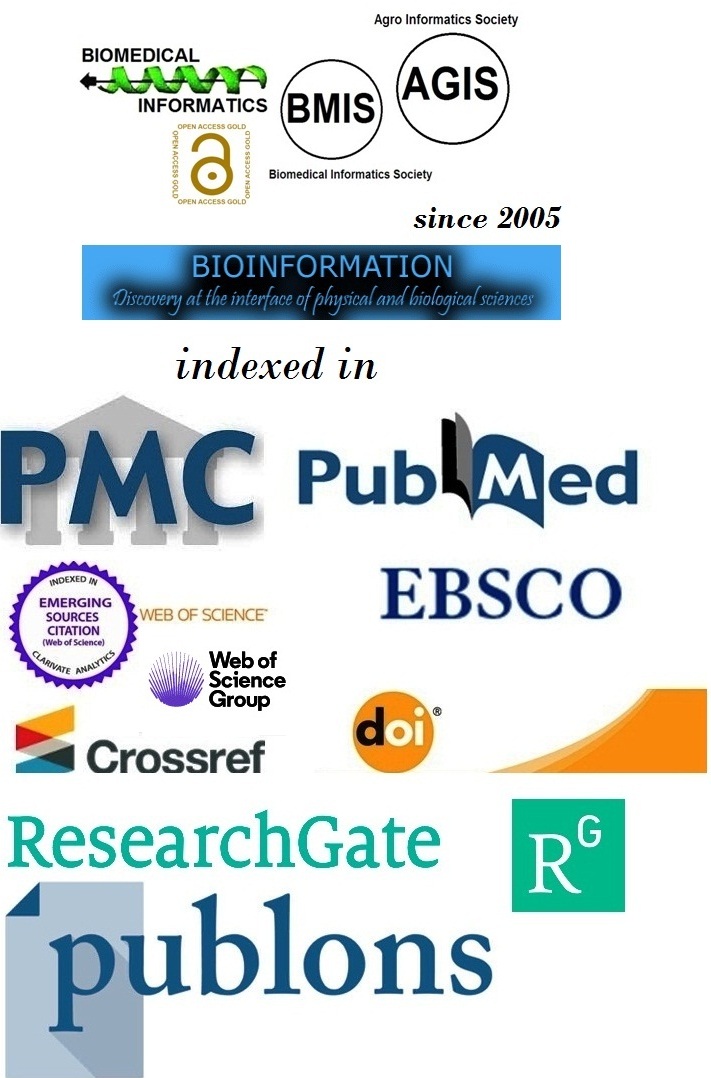Title
A model for transforming the digital landscape of medical universities
Authors
Angel Rajan Singh, Amitesh Khare* & Arun Verma
Affiliation
Department of Hospital Administration, All India Institute of Medical Sciences (AIIMS), New Delhi, India; *Corresponding author
Angel Rajan Singh - E-mail: angelrajansingh@aiims.edu
Amitesh Khare - E-mail: dramiteshk@gmail.com
Arun Verma - E-mail: docarunverma007@gmail.com
Article Type
Research Article
Date
Received July 1, 2025; Revised July 31, 2025; Accepted July 31, 2025, Published July 31, 2025
Abstract
As healthcare systems worldwide grapple with the challenges of digital transformation, the convergence of technology and clinical excellence has become a universal priority. However, the historical and partial adoption of digital services in hospitals has been a significant barrier due to the disjointed nature of technology adoption, resulting in numerous solutions operating in silos with interoperability concerns that negatively affect patient care and effectiveness. Therefore, it is of interest to introduce a comprehensive and adaptable 5-Pillar Model designed to guide hospitals and medical universities, regardless of their geographic or economic context, toward achieving quality-driven care through strategic digital transformation. The model emphasizes five critical pillars such as reliable network infrastructure, microservices-based applications with a federated architecture, hybrid cloud-based data centers with disaster recovery, robust cybersecurity measures and governance for sustained quality assurance of digital systems.
Keywords
Hospital information system, digital transformation of hospitals, cybersecurity
Citation
Singh et al. Bioinformation 21(7): 1895-1900 (2025)
Edited by
P Kangueane
ISSN
0973-2063
Publisher
License
This is an Open Access article which permits unrestricted use, distribution, and reproduction in any medium, provided the original work is properly credited. This is distributed under the terms of the Creative Commons Attribution License.
